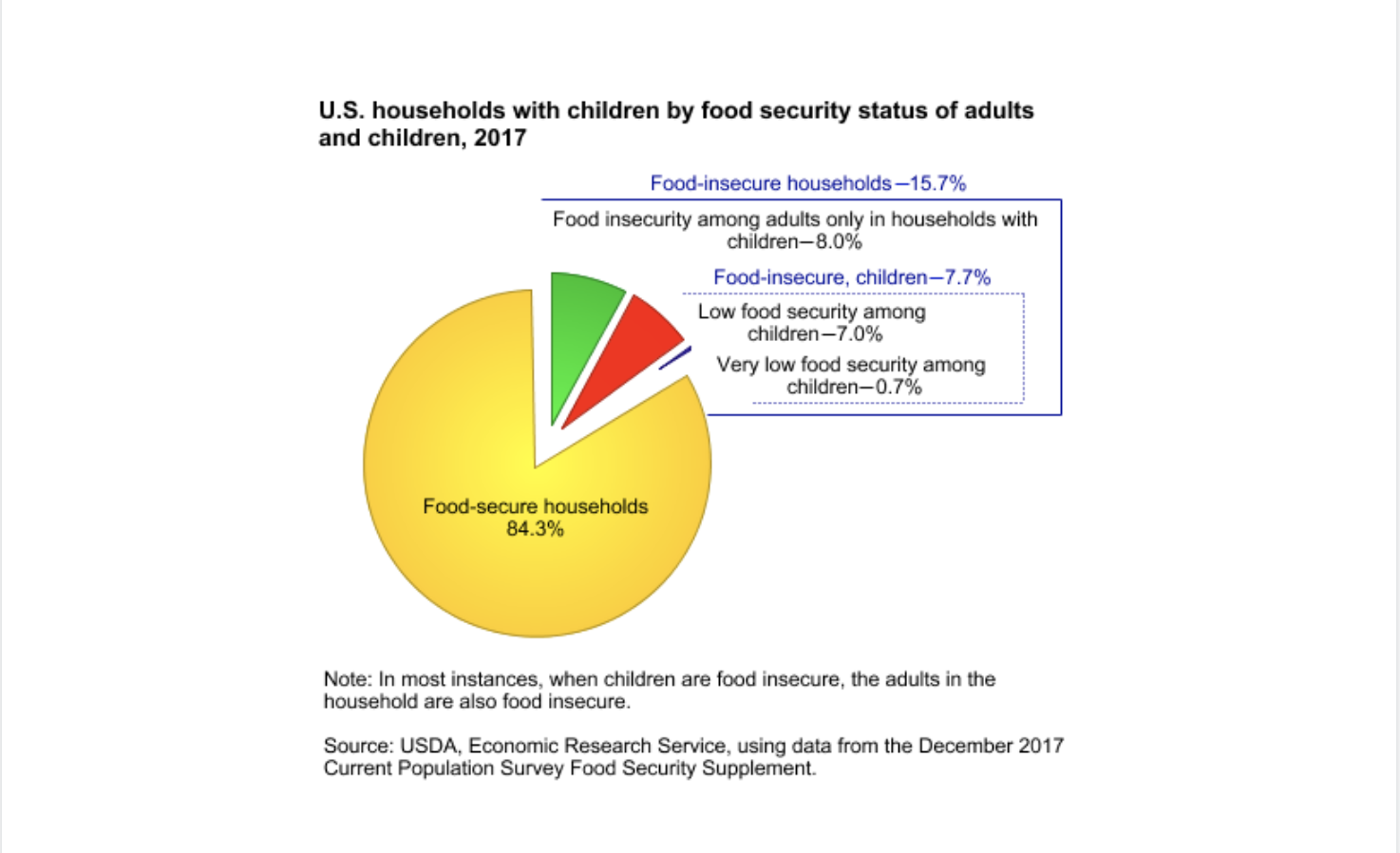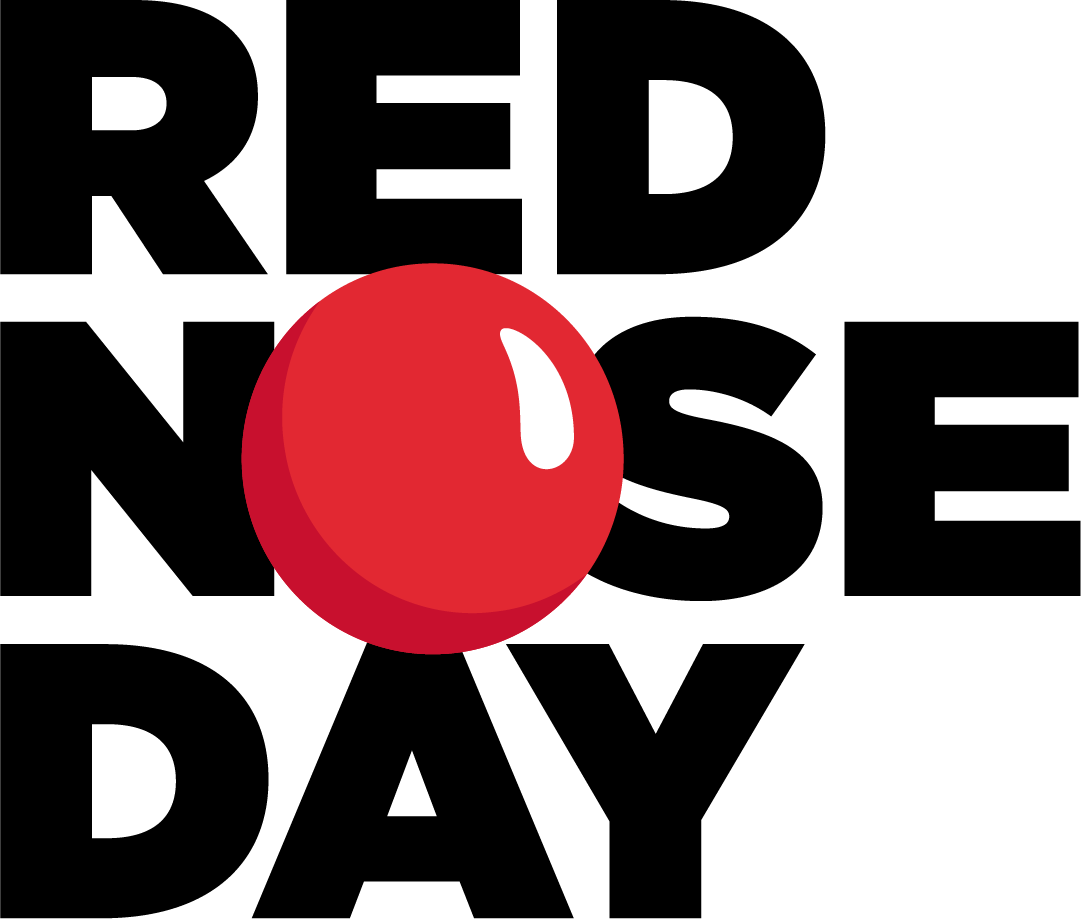
What is Food Insecurity and How Does It Impact Kids
Each summer, just about 18 million children in America lose their free school meals. Losing access to lunch may sound minor, but one kid going hungry is one too many. The fact that 18 million face this reality is devastating, leaving food-insecure children unsure of where their next meal will come from.
What does this look like? Well, today we’re doing a bit of a deep dive. In this blog, we’ll take a closer look at what children’s food insecurity really means and how we’re working to fix this massive problem for those affected by it.
What is Food Insecurity and why should I care?
Food insecurity is, simply put, a lack of access to affordable and nutritious food.
This is a bigger problem than you may think. As of 2017, there are 2.9 million homes in America with food insecure children.
That leaves families to make decisions no one should have to make, like: “Should I pay my bills, buy this medicine, or buy nutritious food for my kids?”
Technically, there are 3 components to Food Insecurity:
1. Available food options must be nutritious, fresh, and unprocessed;
2. The food must be affordable;
3. and Finally, people must have reliable access to nutritious food at all times.
But the negative impact is bigger than simply being hungry: eating nutritious food gives children the mental strength they need to improve their day to day activities. Children from food insecure households are more likely to be in poor health. This affects their ability to learn and to grow. For many, there are life long implications where a child may never reach their full potential as a result of poor nutrition during their formative years – and that affects us all.
Does Food Insecurity just affect people living in poverty?
This is an easy one to answer: No.
Food insecurity is deceptive – and it’s a much bigger problem than we often think. It can affect people who live above, as well as below, the poverty line.
You may have equal access to the same grocery stores as someone in a different financial situation, but most often you can’t or don’t always make the same choices. For instance, people facing poverty are often less likely to purchase the healthiest, most nutritious options for a number of reasons like lack of prep time, or simply that cheaper, more processed options are more affordable.
This is more relatable than you might think. Any person who’s ever had to choose between buying quality food or paying their rent, buying meds, making a car or utility bill payment has experienced food insecurity. Other examples include children eating Spaghetti O’s or Eggos, college students living primarily off of instant noodles, and an elderly couple surviving off of microwave meals.
OK, here we go: What does the data say?
Let’s take a closer look at food insecure households in America. In 2017, 15.7% of households with children were food insecure. About half of those homes (8%) had food insecure adults – situations where adults, parents or caretakers, gave up their own access to nutritious food to provide for the children. The remaining half of the food insecure households (7.7% or 2.9 million households) were in situations where both adults and children alike were food insecure.

As of 2017, there are 2.9 million homes in America with food insecure children.
Food insecurity is particularly crushing for kids – proper nutrition is crucial for a child’s mental, emotional and physical development. Poor nutrition drains children of their energy and vitality, which makes it difficult for them to thrive in school and in life.
Eating nutritious food gives children the leg up they need to get through the day-to-day of learning in the classroom and fine-tuning their social skills as they interact with one another. Children who are food insecure are more likely to be in poor health and struggle in school. For some, there could be life long implications where a child may never reach their full potential as a result of poor nutrition during their formative years.
Think of what we’re like as hungry adults! Our hunger affects our mood – you’ve heard of being “hangry” – and think of how a long, hard day seems even more brutal on an empty stomach. Think of how challenging it can be to concentrate on work when we’ve had nothing to eat.
Now imagine how it must feel for a child who is new to the classroom setting, surrounded by other children and all sorts of new stimuli that they are sorting out in their still-developing brains. And on top of all that stress, they’re feeling hungry.
The good news is that this kind of disadvantage is completely solvable! Together, we can do – and are doing – something about it.
How Can I Help?
Together with our partners, we’re working to change this situation for millions of Americans 💪
In partnership with Red Nose Day Grantee Feeding America, your donations are helping fill 200 food banks across all 50 states and Puerto Rico. These food banks are a reliable source of nutritious, delicious food.
And since 2015, your support has provided over 32 million healthy meals to children in the summer and all year round through the Backpack Program.
The program has given children like Kitiana and Robert hope and confidence that they won’t ever feel hungry again.
But we don’t stop at full backpacks. Working closely with our partners at Boys & Girls Clubs of America, Red Nose Day has supported the kids at Goshen, Indiana’s Boys and Girls Club stay fueled for activities by getting a well-balanced breakfast, lunch, and snack!
As you can see, your contributions to Red Nose Day have been working hard to keep children safe, healthy, and educated. When people across the country come together, we can help positively impact the lives of those who need it the most.
To continue to help families and children who experience food insecurity, donate right here on rednoseday.org. Or you can visit our fundraising pages to learn all about the amazing and cool ways you can start your own fundraiser. You can do anything from setting up a kids joke booth to staying in and doing good. Needless to say, we have a ton of options when it comes to helping you set up a fundraiser.
We cannot thank you enough for joining us on our mission to end child poverty. Together, we raised $200 million (and counting) over the past 5 years which has gone to support programs for nearly 25 million children. And that’s all possible thanks to YOU!

We are taking action this holiday season. Join us.
Your donation has the power to provide a nourishing meal or help treat and prevent malnutrition. For children urgently in need, this work is critical. Help make a difference for children and families facing hunger and food insecurity this season.
Get on the list. Sign up for updates.
Don’t Miss Out!
Sign up for the latest Red Nose Day news and updates.
rnd-bsd-signup-form


